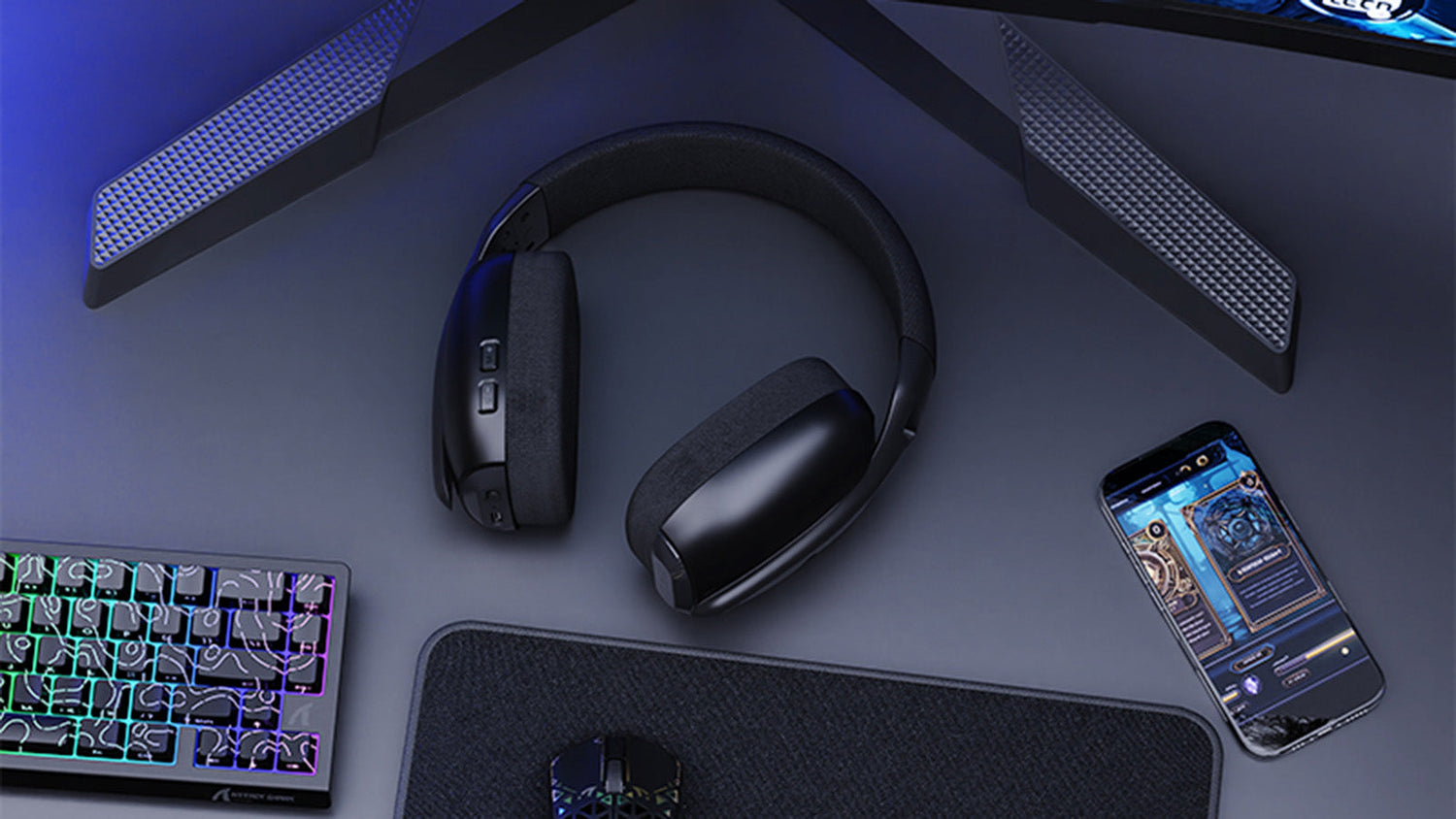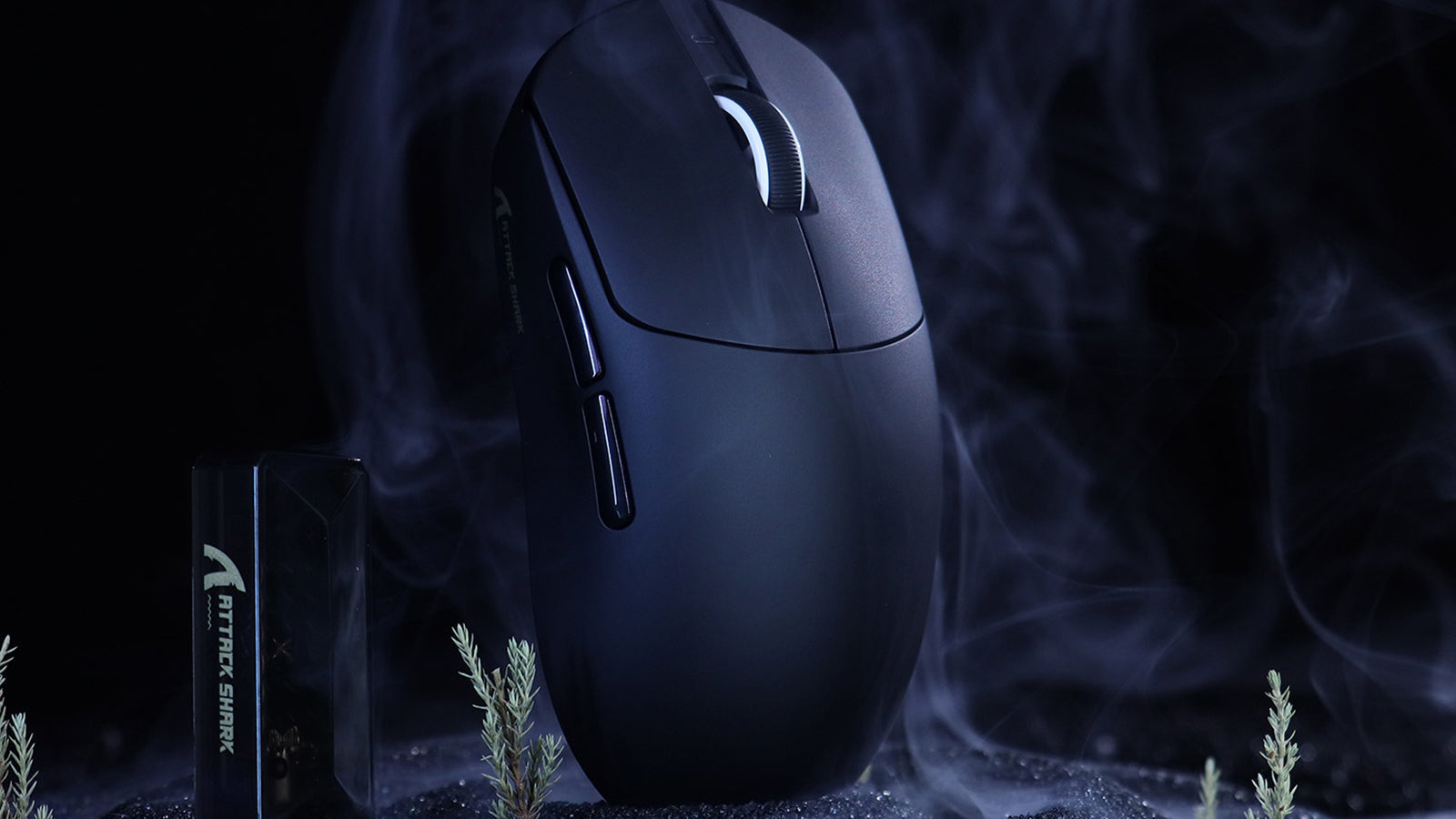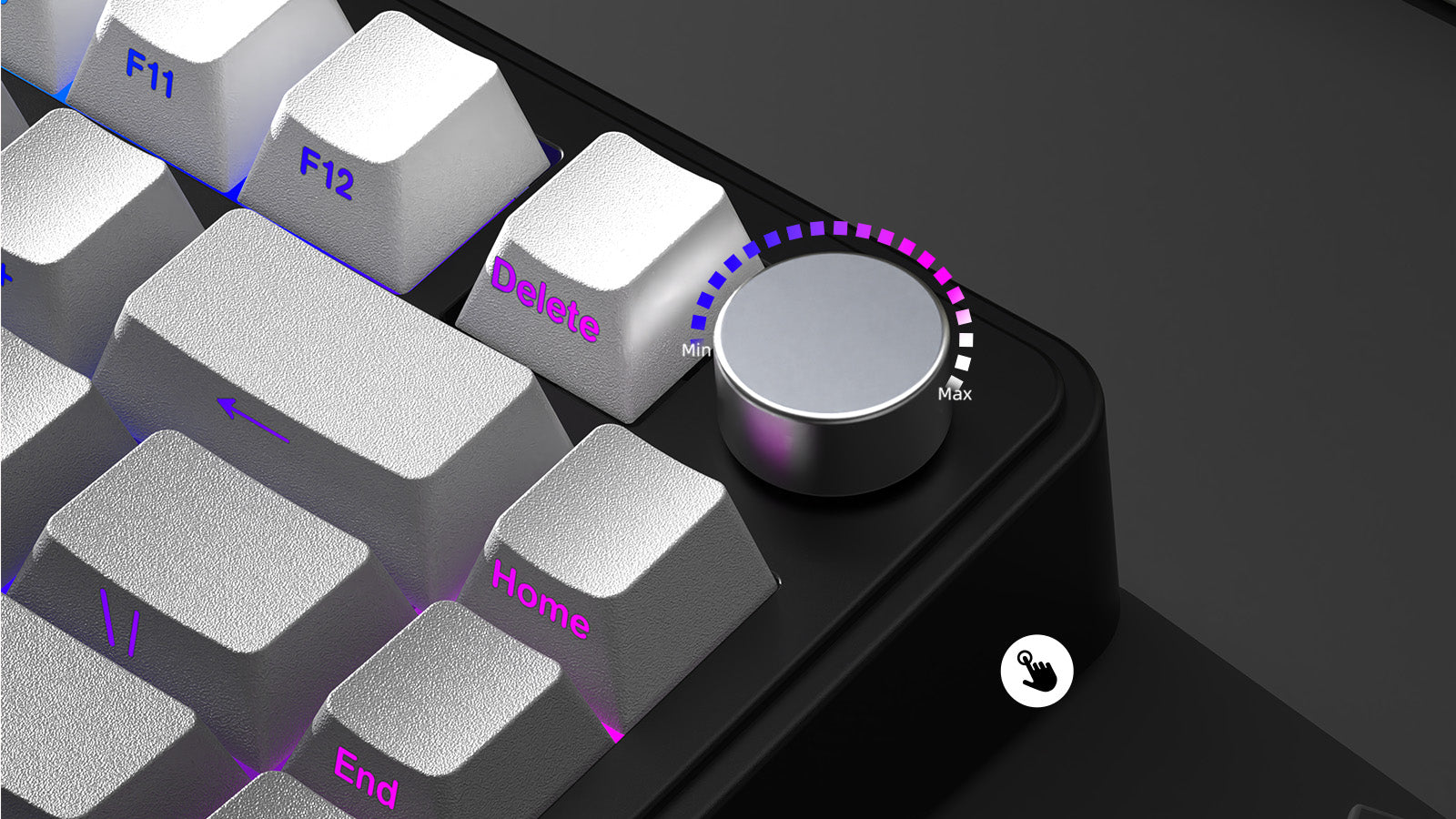If you wear glasses, you know the feeling. You’re deep into a game, totally focused, and then it starts—that dull, throbbing ache right above your ears. The pressure from your headset turns a fun gaming session into a headache. But you don't have to choose between seeing clearly and hearing the action. The secret is finding the right headset or just learning a few tricks to make your current one work. This guide will show you how to game in comfort, all day long.

Why Does It Hurt? The "Headset Headache" Explained
Before we get to the fixes, let's break down why this happens. It’s basically a simple squeeze play. Your headset is designed with a "clamping force" to keep it snug on your head and seal in the sound. The problem is, that force presses the headset's earpads directly onto the arms of your glasses, digging them into the side of your head.
All that pressure is focused on a tiny, sensitive spot, and that's what causes the pain. The thicker your glasses frames and the tighter your headset, the worse it gets. Our goal is to find ways to take that pressure off.
What to Look For in a New Headset
When you're shopping for a headset, a few key features can make a world of difference for glasses wearers. Keep these things in mind, and you’ll be on the right track to a much more comfortable setup.
Focus on the Earpads
The earpads are where the headset meets your glasses, so they are the most important part for comfort.
- Softer Materials are Better: Look for headsets with fabric or velour earpads. Unlike the standard leatherette you find on many headsets, these materials are softer and have more give. They don't create as much of a hard pressure point against your frames.
- Plush, Deep Cushioning: Headsets with deep memory foam earpads are a huge win. The extra depth gives your ears and glasses more room to breathe, and the foam will naturally mold around your frames instead of just squashing them.
- Bigger is Better: Generally, large oval earcups work better than small, round ones. They give you more space to fit your entire ear and the arm of your glasses without them fighting for the same spot.
Some brands have even designed headsets specifically for us. Look for features with names like "ProSpecs" or a "glasses relief channel." It’s just a fancy way of saying there's a small, softer groove in the foam right where your glasses sit.

The Headband and Clamping Force
A headset that feels like it’s squeezing your skull is an obvious no-go. You need a fit that’s secure, but not painfully tight. A good headband spreads the pressure out evenly instead of concentrating it all on your ears.
Look for a headset with a flexible but sturdy frame. Another great design to look for is a suspension-style headband. This type uses a floating strap that automatically adjusts to your head shape. They are usually incredibly comfortable and have a much gentler clamping force.
Your Main Options: The Best Headset Styles
While you can find a comfy over-ear headset, it’s worth knowing about the other options if you want to guarantee a pain-free experience.
The Classic Over-Ear Headset
This is the go-to style for most gamers because it offers great, immersive sound. If you stick with this style, just follow the advice from the section above. Find one with soft, deep earpads and a gentle clamp, and you should be in good shape.
The Problem-Solver: In-Ear Monitors (IEMs)
If you want to completely sidestep the pressure problem, think about using high-quality gaming earbuds or in-ear monitors (IEMs). Because they fit inside your ear, they don't touch your glasses frames at all. You get amazing, direct sound with zero clamping force and zero pressure points.
The sound quality on modern IEMs is fantastic, and many professional gamers use them. The only catch is that some people don't like the feeling of having something in their ears for hours. But for pure comfort with glasses, you can't beat them.

How to Make Your Current Headset Work
Don't want to buy a new headset? Fair enough. Before you spend any money, try these tricks to make the headset you already own much more comfortable.
First, shift things around. Try moving the headset slightly forward or backward on your head. A tiny adjustment can sometimes move the main pressure point off your glasses. You can also try putting the headset on first, then carefully sliding your glasses into position over the earpads.
Next, you can break it in (carefully). If your headset is new and tight, you can help it loosen up. Try stretching it over a stack of books or the box it came in overnight. This can gently reduce the clamping force over time. Just be careful not to stretch it so much that it becomes too loose.
Finally, the single best fix is to swap out the earpads. You can buy replacement earpads for most popular headsets from other companies. You can often find options made of super-soft velour or even memory foam that are miles more comfortable than the ones that came in the box.

It's Not Just the Headset—Check Your Glasses
Your headset is only half the battle. Your glasses frames are a huge part of the comfort equation. If you're a serious gamer, you might even consider getting a pair of glasses with gaming in mind.
Here’s what to look for in frames:
- Thin Arms: The slimmer the arms (the parts that go over your ears), the less material there is to create a pressure point.
- Flat Arms: Look for frames with flat, ribbon-like arms. They sit flush against your head and are much more comfortable under an earcup than thick, rounded arms.
- Flexible Materials: Frames made from flexible materials like titanium can bend a little, which helps relieve pressure.
Game in Comfort: Choose the Right Headset for You
Gaming with glasses doesn't have to be a pain. It really comes down to reducing those pressure points on the side of your head. You can achieve this by choosing a headset with the right features, like soft earpads and a gentle fit, or by making a few smart adjustments to your current gear. By thinking about both your headset and your glasses, you can finally settle in for those long gaming sessions without a second thought about discomfort.






Leave a comment
This site is protected by hCaptcha and the hCaptcha Privacy Policy and Terms of Service apply.